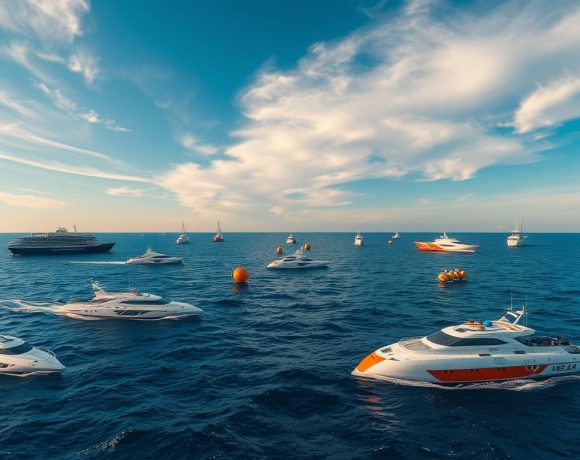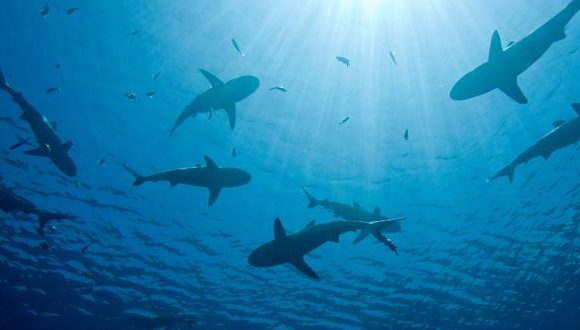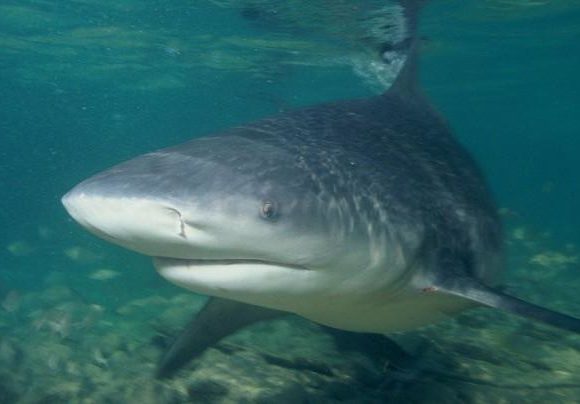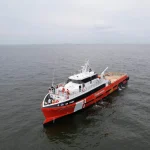Living Underwater: A Possibility?
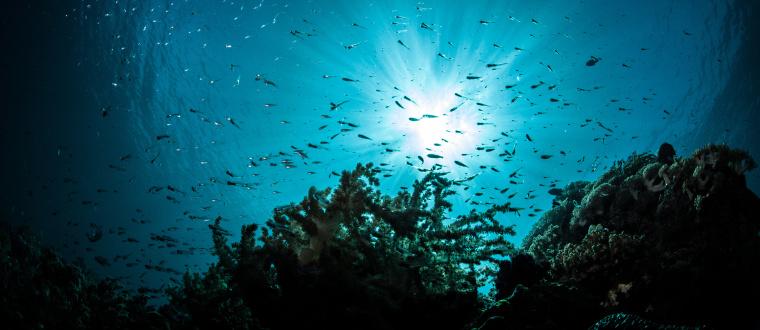
For years people have looked up at the sky and wondered what it would be like to travel into space. The possibility of colonising another planet is exciting and fills us with a sense of immeasurable awe. But what if we turned our eyes a little closer to home?
There are vast areas on planet earth which have not yet been colonised; primarily the oceans, which cover 71% of the Earth’s surface. It seems a strange concept, but if we can imagine humans living on Mars, then why not humans readapting back to our beginnings and living underwater?
Living underwater is possible, at least for a short period of time. But with modern technology, it’s a wonder why greater efforts haven’t been put into finding a way which humans can exist and live beneath the sea’s surface.
There are a number of arguments which support research into underwater habitation. It could significantly help with the problem of over-population in certain countries, such as China. Residing below the waves would also provide protection and safety from various natural or man-made disasters, such as tornados and earthquakes (provided the habitats aren’t built on danger zones).
Ian Koblick, renowned ocean explorer and aquanaut, maintains that underwater habitation is highly possible. The technology already exists to build underwater colonies that can support up to 100 people. Indeed, there are currently three bases underwater that are fully functioning, such as La Chalupa was opened in the 1970s and is by far the largest and most advanced underwater habitat and research facility in the world.
The most obvious and problematic issues with creating cities underwater would be putting in place emergency evacuation plans, and also regulating air supply and humidity. Finding an independent energy supply is another challenge, however, there are plenty of sustainable options, including utilising wave action and placing solar panels, or wind turbines, on the surface.
Currently, these unique habitats use special compressors, which push fresh, breathable air down from the surface via tubes. Yet, they could become self-sustaining by growing various plants under natural or artificial light, in order to generate a fresh supply of oxygen. And in terms of providing food, there is plenty of nutrition underwater and a copious amount of fresh seafood. Fresh water could be made through condensation or desalinisation. It is looking like a rather viable option.
Furthermore, as much as 95% of our oceans remain undiscovered. That includes species of marine life, surface area and depth. Building underwater habitats may be the next step in finding out what lies in the deep sea areas.
“There are a number of scientists who firmly believe that the only way to really understand what’s happening in the oceanic environment is to be there,” says Tom Potts, director of the Aquarius Reef Base. “Divers from the surface have about an hour-and-a-half per day to do all of their work. If we could actually inhabit the bottom of the ocean for 30 to 60 days, imagine the productivity we could get out of researchers down there.”

